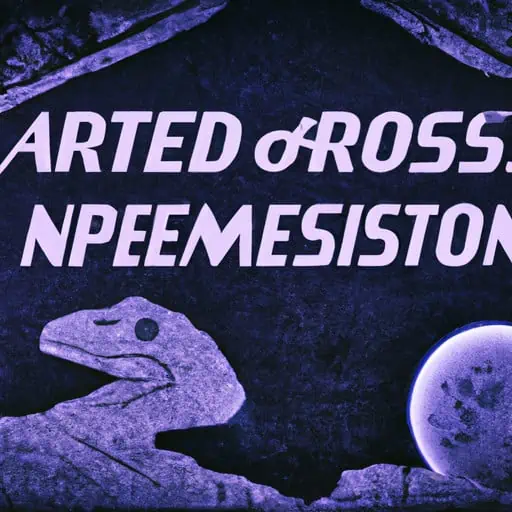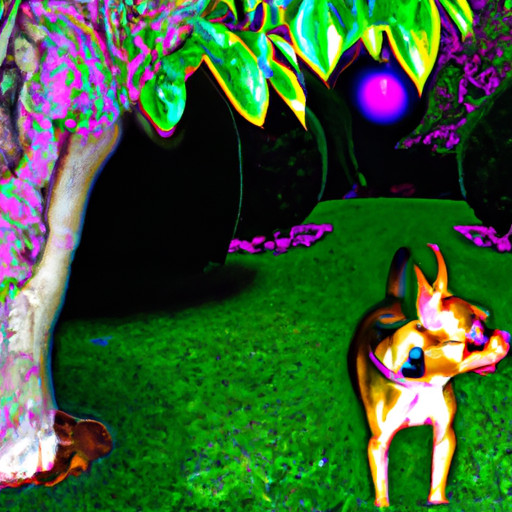The asteroid, a celestial body of immense proportions, hurtled through the vast expanse of space, its trajectory aimed directly at Earth. The world’s leading scientists, astronomers, and military strategists had been tracking its course for months, their collective breath held in anticipation of the impending catastrophe. Yet, as the asteroid made its final descent, something extraordinary happened. Instead of the expected cataclysmic destruction, the asteroid’s impact triggered an unprecedented event: the restoration of the dinosaurs.
The asteroid’s collision site, a remote and desolate region in the heart of Siberia, was instantly transformed. A shockwave of energy pulsed outwards, its epicenter a glowing crater. As the wave swept across the globe, it brought with it a phenomenon that defied all scientific understanding. From the ashes of the impact, life began to stir. Dinosaurs, creatures that had been extinct for millions of years, were suddenly and inexplicably restored to life.
The world watched in awe and terror as the prehistoric beasts roamed the Earth once more. The Tyrannosaurus Rex, the Triceratops, the Velociraptor – all the ancient titans of the Jurassic and Cretaceous periods were back. Scientists were baffled, unable to explain how the asteroid’s impact could have caused such a phenomenon. The world was in a state of shock, and a mystery of cosmic proportions had unfolded.
In the midst of this chaos, a team of scientists led by Dr. Eleanor Rigby, a renowned paleontologist, and Dr. Isaac Newton, a brilliant astrophysicist, embarked on a mission to unravel the mystery. They journeyed to the impact site, braving the harsh Siberian wilderness and the unpredictable behavior of the resurrected dinosaurs.
As they delved deeper into their investigation, they discovered that the asteroid was not an ordinary celestial body. It was composed of an unknown element, one that defied the laws of physics as they knew them. This element, which they named Rigby-Newtonium in honor of their discovery, seemed to possess the power to manipulate time itself.
The asteroid, they theorized, had acted as a catalyst, triggering a temporal anomaly that had somehow restored the dinosaurs to life. But how? And why? These were the questions that haunted Rigby and Newton as they continued their research, their every discovery leading to more questions than answers.
Meanwhile, the world struggled to adapt to its new reality. Governments and organizations scrambled to contain the dinosaurs, to prevent them from wreaking havoc on modern civilization. But the creatures, driven by primal instincts, proved difficult to control. The world was on the brink of a new era, one where mankind was no longer the dominant species.
As Rigby and Newton delved deeper into the mystery of the asteroid and the resurrection of the dinosaurs, they found themselves grappling with profound questions about the nature of life, time, and the universe itself. They were in uncharted territory, their scientific knowledge and understanding tested to their limits.
Yet, despite the challenges and uncertainties, they pressed on, driven by a sincere desire to understand the extraordinary phenomenon that had transformed their world. They knew that the answers they sought could change the course of human history, and perhaps even the fate of the Earth itself.
The Asteroid had brought about a new age of dinosaurs, a world teetering on the brink of chaos. But it had also sparked a quest for knowledge, a journey into the unknown that promised to reveal the mysteries of the universe. And as Rigby and Newton ventured deeper into this mystery, they found themselves not only exploring the past but also shaping the future.




